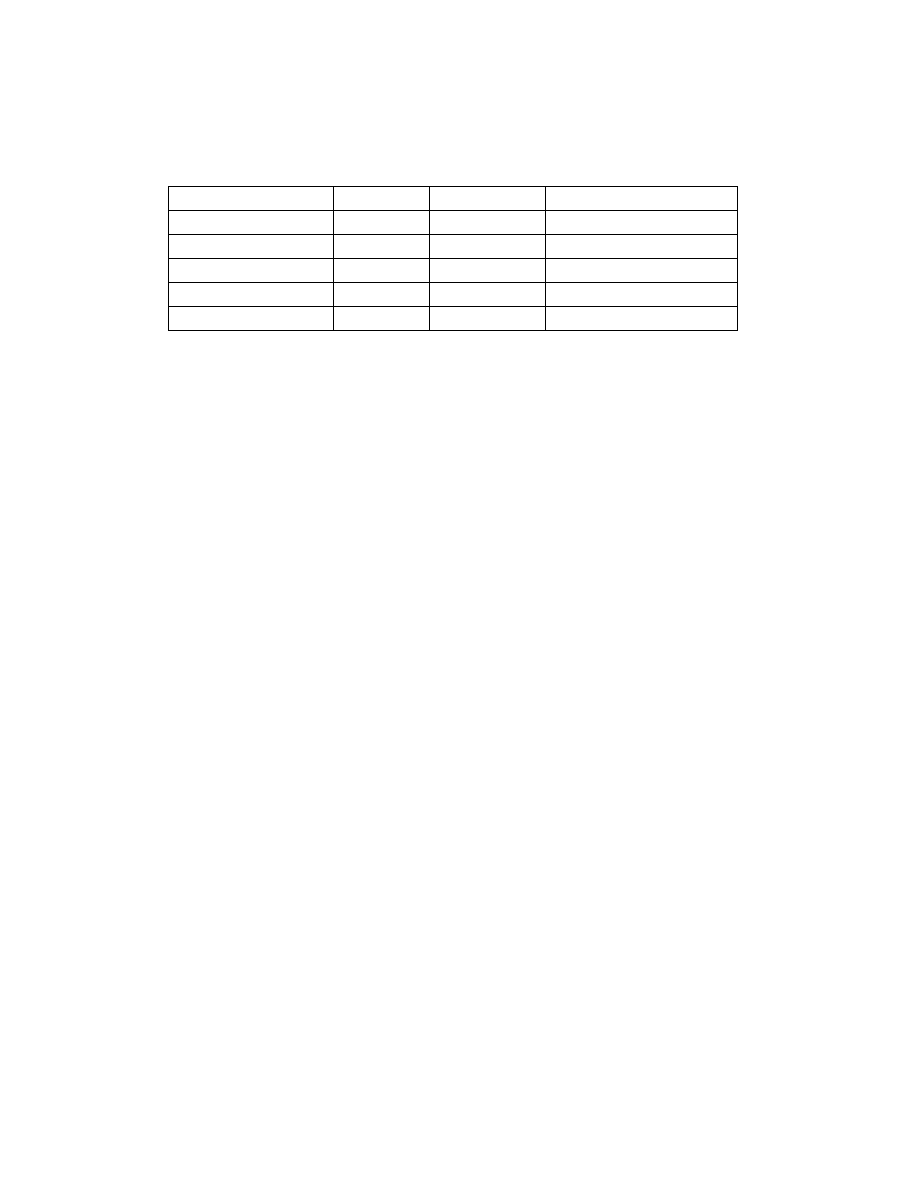
Vol. 1 4-15
DATA TYPES
normalized number. Since −129
10
is beyond the allowable exponent range, the result is denormalized by inserting
leading zeros until the minimum exponent of −126
10
is reached.
In the extreme case, all the significant bits are shifted out to the right by leading zeros, creating a zero result.
The Intel 64 and IA-32 architectures deal with denormal values in the following ways:
•
It avoids creating denormals by normalizing numbers whenever possible.
•
It provides the floating-point underflow exception to permit programmers to detect cases when denormals are
created.
•
It provides the floating-point denormal-operand exception to permit procedures or programs to detect when
denormals are being used as source operands for computations.
4.8.3.3
Signed Infinities
The two infinities, + ∞ and − ∞, represent the maximum positive and negative real numbers, respectively, that can
be represented in the floating-point format. Infinity is always represented by a significand of 1.00...00 (the integer
bit may be implied) and the maximum biased exponent allowed in the specified format (for example, 255
10
for the
single-precision format).
The signs of infinities are observed, and comparisons are possible. Infinities are always interpreted in the affine
sense; that is, –∞ is less than any finite number and +∞ is greater than any finite number. Arithmetic on infinities
is always exact. Exceptions are generated only when the use of an infinity as a source operand constitutes an
invalid operation.
Whereas denormalized numbers may represent an underflow condition, the two ∞ numbers may represent the
result of an overflow condition. Here, the normalized result of a computation has a biased exponent greater than
the largest allowable exponent for the selected result format.
4.8.3.4
NaNs
Since NaNs are non-numbers, they are not part of the real number line. In Figure 4-12, the encoding space for
NaNs in the floating-point formats is shown above the ends of the real number line. This space includes any value
with the maximum allowable biased exponent and a non-zero fraction (the sign bit is ignored for NaNs).
The IA-32 architecture defines two classes of NaNs: quiet NaNs (QNaNs) and signaling NaNs (SNaNs). A QNaN is a
NaN with the most significant fraction bit set; an SNaN is a NaN with the most significant fraction bit clear. QNaNs
are allowed to propagate through most arithmetic operations without signaling an exception. SNaNs generally
signal a floating-point invalid-operation exception whenever they appear as operands in arithmetic operations.
SNaNs are typically used to trap or invoke an exception handler. They must be inserted by software; that is, the
processor never generates an SNaN as a result of a floating-point operation.
Table 4-6. Denormalization Process
Operation
Sign
Exponent*
Significand
True Result
0
−129
1.01011100000...00
Denormalize
0
−128
0.10101110000...00
Denormalize
0
−127
0.01010111000...00
Denormalize
0
−126
0.00101011100...00
Denormal Result
0
−126
0.00101011100...00
* Expressed as an unbiased, decimal number.